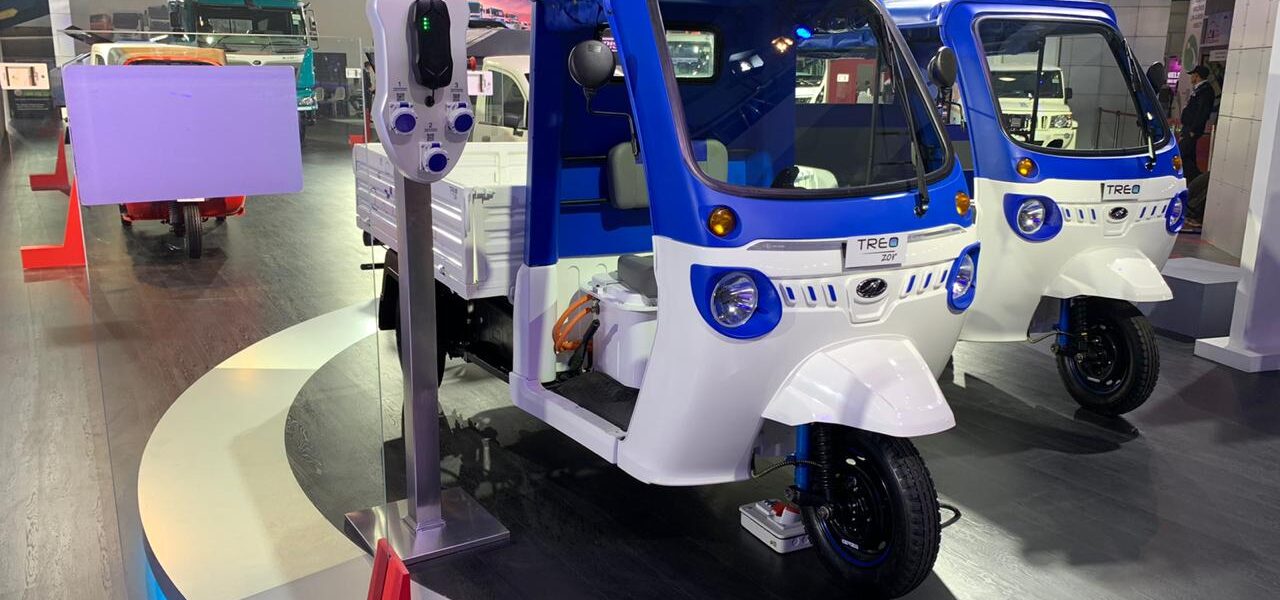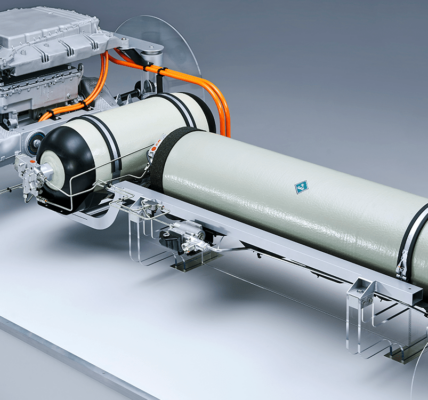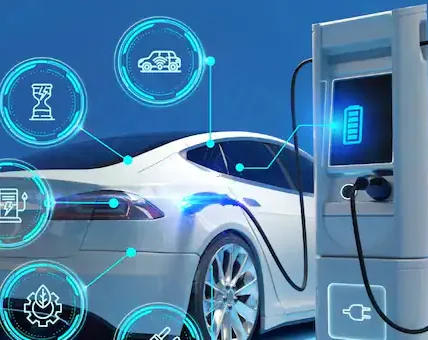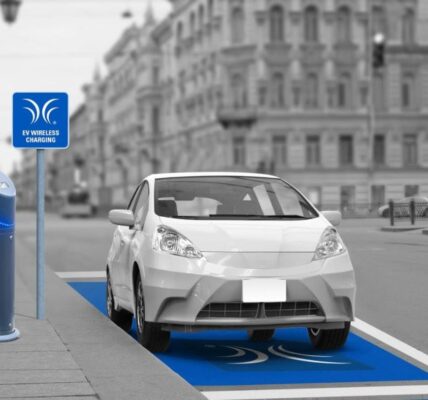Most of the people living in Indian cities are still not wealthy, which is why the need for cost-effective public transportation, especially for short distances, has always been high. This factor is expected to propel the Indian electric rickshaw market at a 33.3% CAGR between 2020 and 2025. At this rate, the market size will likely rise to $1,394.2 million by 2025 from $786.2 million in 2019, according to the market research report published by P&S Intelligence.
Rides on electric rickshaws in the country, which are typically 1 km long, cost around INR 10 per head, which is way cheaper than sharing a two-wheeler or car or taking an autorickshaw. Moreover, if four people share an e-rickshaw for 5 km, the per person cost comes out to be INR 15, and the driver earns INR 120. Hence, another reason for the growth of the Indian electric rickshaw market is the favorable operational cost dynamics these vehicles offer to their owners.
Due to the COVID-19 pandemic, the Indian electric rickshaw market has been badly affected, as the lockdowns and curfew-like situations in infection hotspots have reduced the demand for public transportation substantially. Moreover, even after the pandemic ends, many people are not expected to opt for shared mobility, to reduce the chances of catching the virus as much as possible. This would, in turn, discourage mobility service providers from purchasing new e-rickshaws.
The passenger carrier bifurcation is expected to hold the larger share in the Indian electric rickshaw market in the years to come, on the basis of vehicle. Due to the increasing urban population driving the demand for cost-effective first- and last-mile transportation, the number of passenger carrier e-rickshaws is burgeoning on the country’s roads.
In the near future, the >1,500 Watts category under the motor power segment of the Indian electric rickshaw market will experience the higher value CAGR, of 36.7%. With the increasing prominence of organized automakers who are offering better-quality products with more-powerful motors, their sales will rise fast.
The Indian electric rickshaw market was dominated in the past by the <101 Ampere-hour (Ah) bifurcation, based on battery capacity. Currently, most of the operators prefer low-cost e-rickshaws, which are easily available with unorganized automakers, who account for the majority of the sales.
In the years to come, the organized bifurcation, under segmentation by sales channel, is expected to become the higher Indian electric rickshaw market revenue generator. With state governments passing laws to allow the operation of such vehicles and the rollout of the Goods and Services Tax (GST) coming as a severe blow for unorganized players, organized electric rickshaw manufacturers are witnessing a rapid rise in their sales.
Delhi was the largest state in the Indian electric rickshaw market historically, on account of the alarming air pollution levels and air quality index (AQI) in the city. As a result, the government is offering strong support for electric vehicles, including a $413 (INR 30,000) subsidy on e-rickshaws. In the years to come, the increasing demand for these eco-friendly automobiles in Varanasi, Lucknow, Noida, and Kanpur will likely make Uttar Pradesh the state making the largest revenue contribution to the industry.
The major organized companies in the Indian electric rickshaw market include Terra Motors Corporation, Electrotherm (India) Ltd., Hero Electric Vehicles Pvt. Ltd., Lohia Auto Industries, Kinetic Green Energy & Power Solutions Ltd., Saera Electric Auto Pvt. Ltd., and ATUL Auto Ltd.







